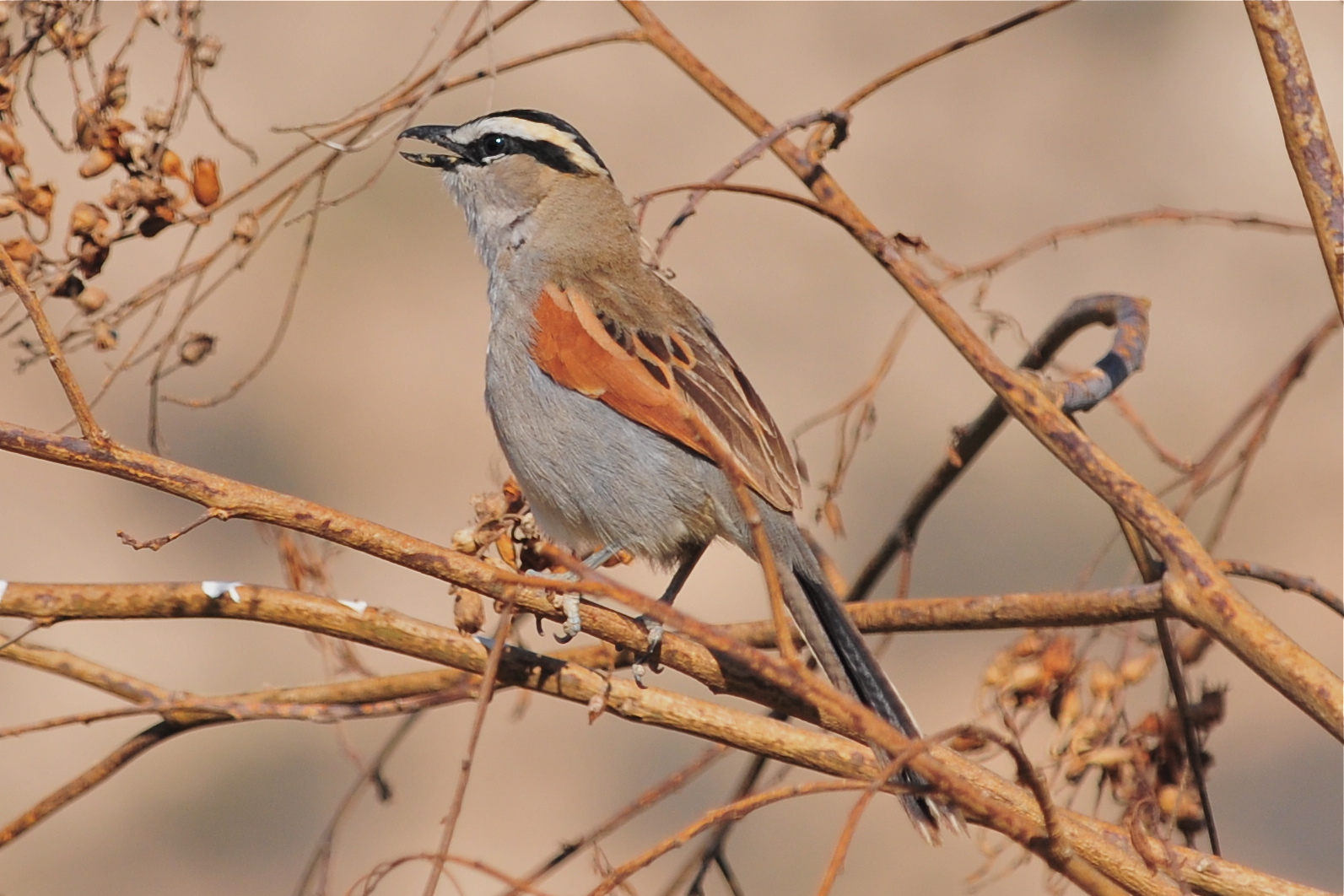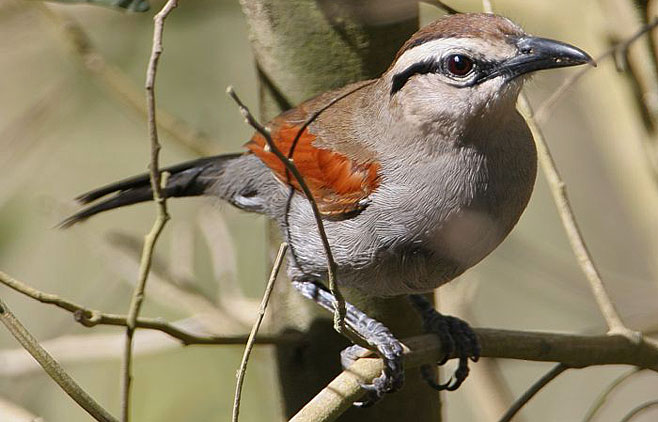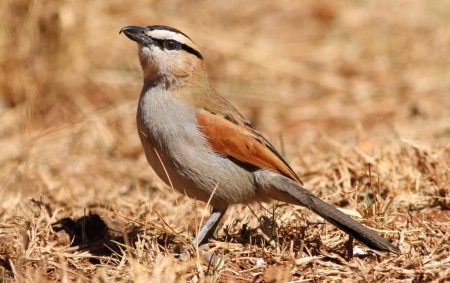The Southern Tchagra: A Fascinating Bird Of The Laniidae Family
Share
The Southern Tchagra, scientifically known as Tchagra tchagra, is a captivating bird belonging to the family Laniidae and subfamily Malaconotinae. This species is primarily found in the Southern Cape Province of South Africa, extending its range from Senegal to Cafferland. With its striking appearance and intriguing behaviors, the Southern Tchagra is a bird that captures the attention of ornithologists and birdwatchers alike.

Taxonomy and Classification
The Southern Tchagra is classified under the order Passeriformes, which is known for its diverse range of songbirds. Within this order, it falls under the family Laniidae, commonly referred to as the shrikes. The suborder Oscines includes birds that are known for their complex vocalizations, and the subfamily Malaconotinae comprises the bushshrikes and tchagras. The species was first described by the French ornithologist Louis Jean Pierre Vieillot in 1816.
Physical Characteristics
The Southern Tchagra is a medium-sized bird, measuring approximately 20-23 cm in length. It exhibits a distinctive plumage, characterized by a brownish-grey body with a white throat and a prominent black crown. The wings are dark with white wing bars, and the tail is long and slightly rounded. Males and females are similar in appearance, although males tend to be slightly larger.

Habitat
This species thrives in a variety of habitats, including savannas, open woodlands, and scrublands. The Southern Tchagra prefers areas with dense undergrowth, which provides ample cover for nesting and hunting. It is commonly found in regions with scattered trees and shrubs, where it can easily perch and survey its surroundings.

Diet
The Southern Tchagra is primarily insectivorous, feeding on a diet that includes insects, spiders, and other small invertebrates. It is known for its unique hunting technique, where it often pounces on prey from a concealed perch. Additionally, it may also consume small fruits and seeds, particularly during the breeding season when food availability is crucial.

Behavior
The Southern Tchagra is known for its melodious song, which consists of a series of clear, whistled notes. Males are particularly vocal during the breeding season, using their songs to establish territory and attract mates. This species is generally solitary or found in pairs, and it is often seen foraging alone or in small groups.
Reproduction
Breeding typically occurs during the warmer months, with the Southern Tchagra constructing a cup-shaped nest made of twigs, grass, and leaves. Nests are usually built in dense shrubs or low trees, providing protection from predators. The female lays a clutch of 2-4 eggs, which are incubated for about 14 days. Both parents participate in feeding the chicks, which fledge approximately 15-20 days after hatching.

Conservation Status
The Southern Tchagra is currently classified as Least Concern by the International Union for Conservation of Nature (IUCN). However, habitat loss due to agricultural expansion and urban development poses a potential threat to its population. Conservation efforts aimed at preserving natural habitats are essential to ensure the continued survival of this species.
Birdwatching Tips
For birdwatchers eager to observe the Southern Tchagra, the best time to spot this bird is during the early morning or late afternoon when it is most active. Look for it in open woodlands and scrublands, particularly near dense undergrowth. Patience is key, as the Southern Tchagra often remains hidden until it is ready to forage or sing.
The Southern Tchagra is not just a beautiful bird; it plays a vital role in its ecosystem by controlling insect populations and contributing to the biodiversity of its habitat. Observing this species in its natural environment can be a rewarding experience for any bird enthusiast.
In summary, the Southern Tchagra is a remarkable bird that showcases the beauty and complexity of avian life in Southern Africa. Its unique behaviors, striking appearance, and ecological significance make it a species worth protecting and celebrating.